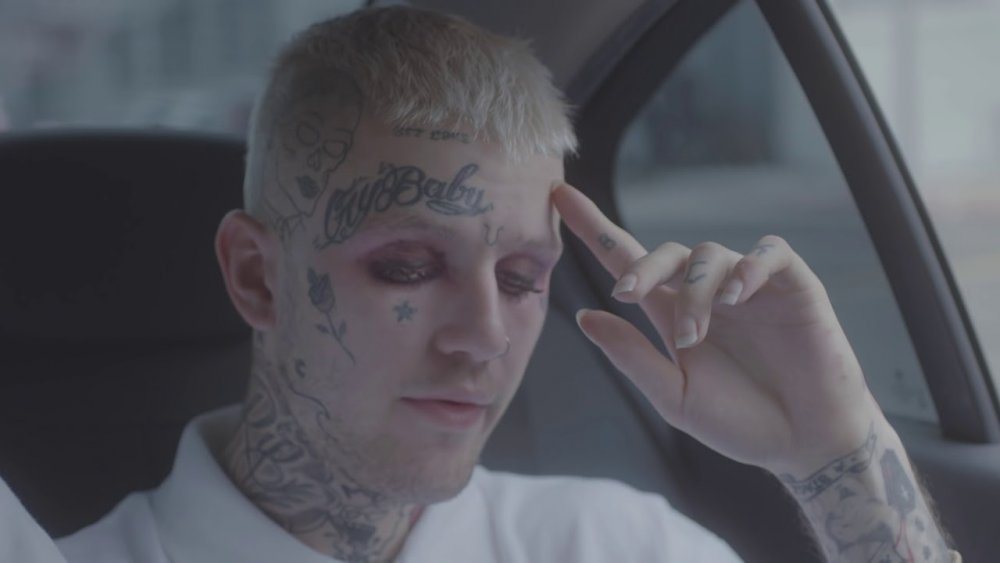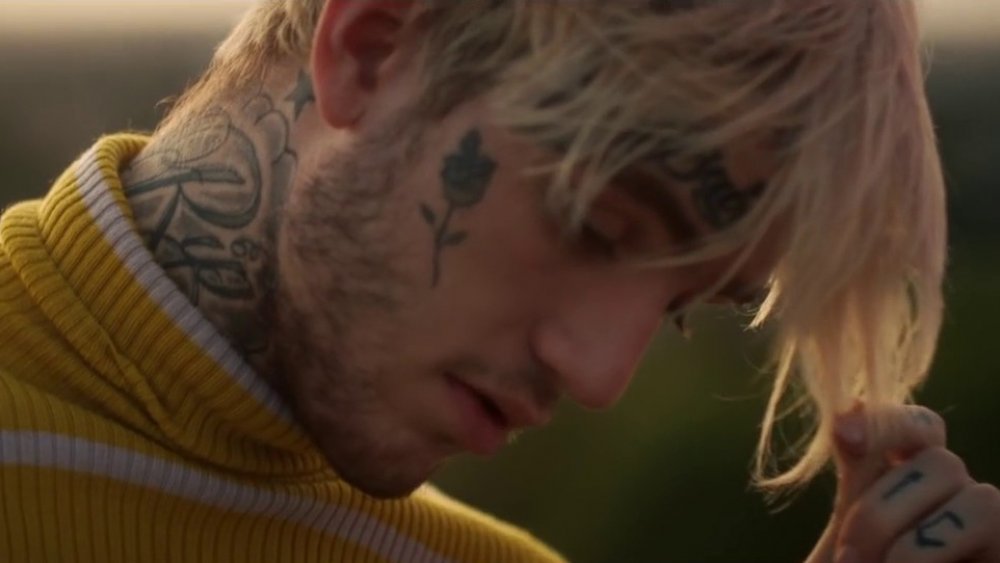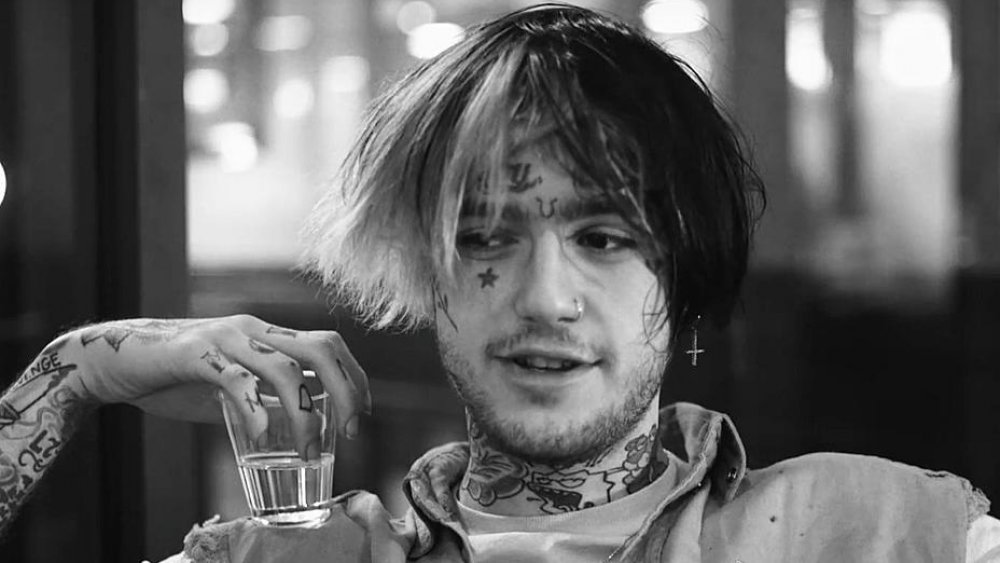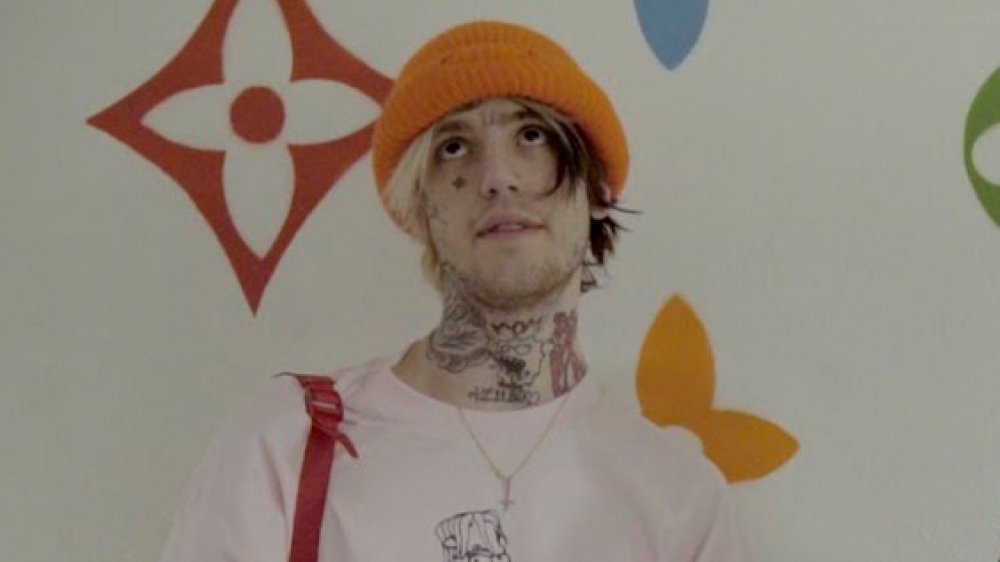Born Gustav Åhr, the rapper known as Lil Peep made a significant impact on the music scene in a remarkably short time. His journey began with the release of his first mixtape in 2015, which quickly garnered him attention within the SoundCloud rap community. Lil Peep was not just another artist; he was a pioneer who defied genre boundaries, creatively blending elements of rock and rap. By the time he launched his debut album, Come Over When You're Sober Pt. 1, in August 2017, his influence was undeniable, reaching audiences far and wide.
As a member of the musical collective GothBoiClique, Lil Peep initiated his album tour in Germany a month after his album release. Tragically, he never made it to his final tour destination. Scheduled to perform in Tucson, Arizona, on November 15, 2017, Lil Peep succumbed to an accidental overdose involving Xanax and fentanyl at just 21 years old. The music world mourned his loss, and while many have discovered his work posthumously, his life story remains shrouded in mystery.
In this article, we will delve deeper into the life of Lil Peep, peeling back the layers to understand the complexities that shaped this influential artist. Beyond his eye-catching tattoos and dark lyrics lay a tragic tale of struggle, creativity, and untimely demise. Join us as we explore the real-life story of Lil Peep, a figure who continues to resonate with fans and artists alike.
Lil Peep's Rejection of the Box
As a teenager in Long Beach, New York, Lil Peep was acutely aware of the socioeconomic divide in his community. His mother, Liza Womack, reflected on this during a memorial held for him in December 2017, stating, "Gus got fed up with that world. He rejected it, and he rejected being molded into a box." This rejection became apparent when he locked himself in the garage to get his first tattoo, making a public statement about his individuality.
It is unclear how much of his isolation was self-imposed or due to ostracization from peers, but his mother's observations during his senior year of high school indicate a significant shift. "People who'd been his friend stopped being his friend," Womack told Pitchfork, revealing that he often felt low and overwhelmed. Lil Peep's feelings of alienation were later echoed in his song "Cry Alone," where he expressed his disdain for his hometown and a desire to make a drastic statement.
Even after moving to California to pursue his music career, his emotional struggles persisted. Womack noted that despite the sunny surroundings, her son felt alone and terrified, a sentiment that would haunt him throughout his career.
The Rapper's Struggle with Mental Health
Widely regarded as "the quintessential angsty millennial" by XXL, Lil Peep's struggles extended beyond typical teenage angst. His battles with anxiety and depression were well-documented, both through his own admissions and the observations of those around him. By the age of 16, he was grappling with intense anxiety, often to the point of being physically ill at the thought of attending school.
The themes of mental health and the battle against inner demons flowed through Lil Peep's lyrics, allowing him to connect deeply with fans who resonated with his pain. In songs like "OMFG," he openly discussed suicidal thoughts, reflecting his ongoing battle with depression. In an interview, he candidly remarked on his struggles, noting that some days he wished he hadn't woken up at all.
If you or someone you know is facing suicidal thoughts, reach out for help. The National Suicide Prevention Lifeline is available at 1-800-273-TALK (8255) or you can text HOME to the Crisis Text Line at 741741. Remember, you are not alone in your struggles.
The Effect of Lil Peep's Tattoos
Lil Peep's extensive tattoos often drew mixed reactions from the public, but they were a significant part of his identity. In a revealing interview with GQ, he shared that his first face tattoo—a broken heart under his left eye—was a bold statement about his commitment to succeed in music. He understood that his tattoos could make it challenging to find traditional employment, yet he embraced that risk.
His mother poignantly observed that as Lil Peep accumulated more tattoos and piercings, he was increasingly treated like an outsider, which further fueled his feelings of rejection. For Lil Peep, these tattoos were not just body art; they were a way to express his identity and gauge how people perceived him. They symbolized his struggle to be seen beyond the ink, as he sought to understand what it meant to be different.
This complex relationship with his tattoos illustrates a deeper narrative about identity, acceptance, and the desire to connect with others, despite feeling like an outsider.



 The USA Network TV Series That Timothée Chalamet Was In
The USA Network TV Series That Timothée Chalamet Was In

